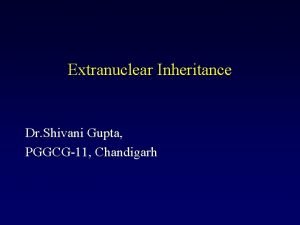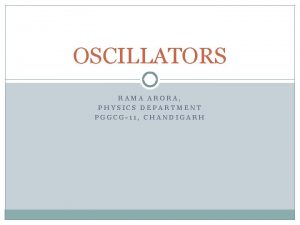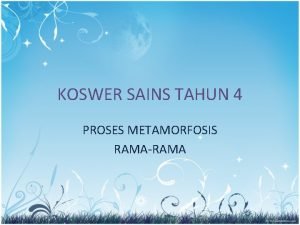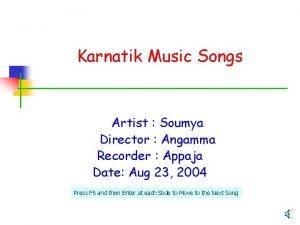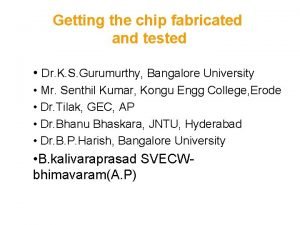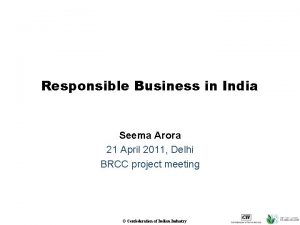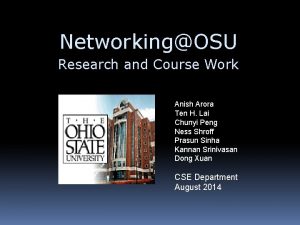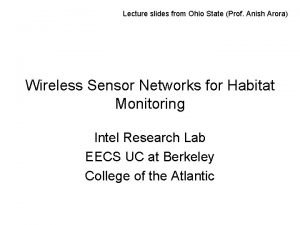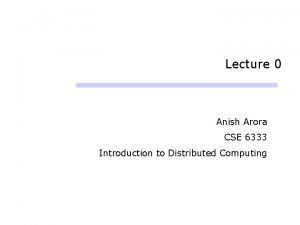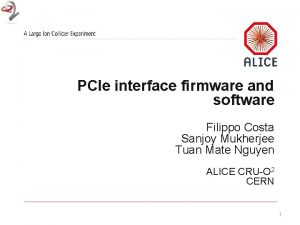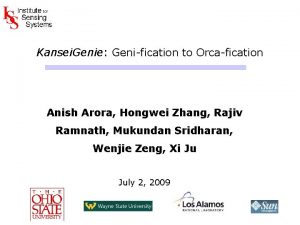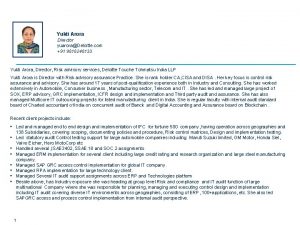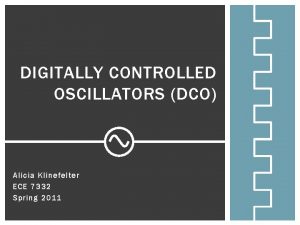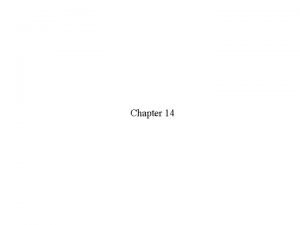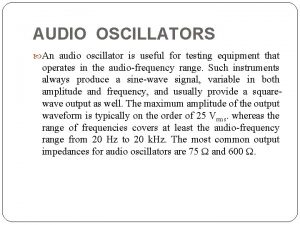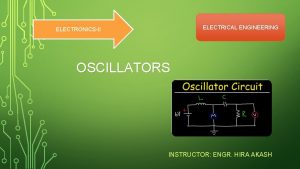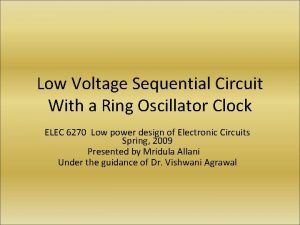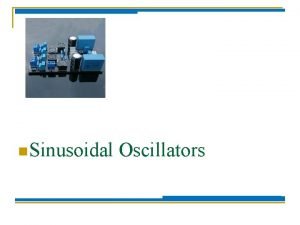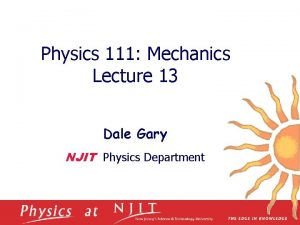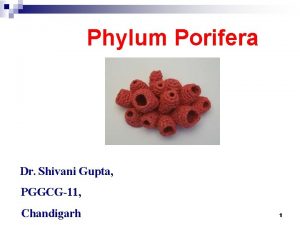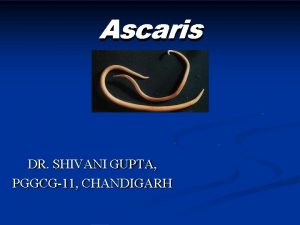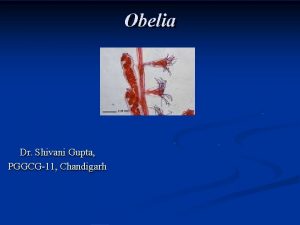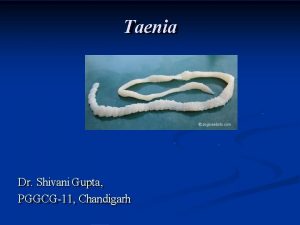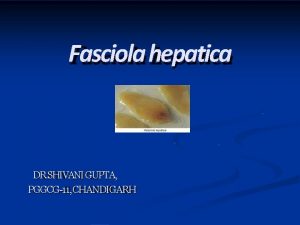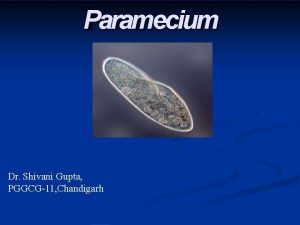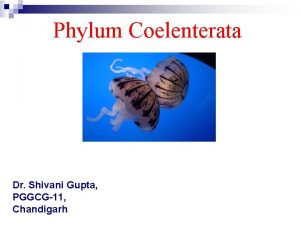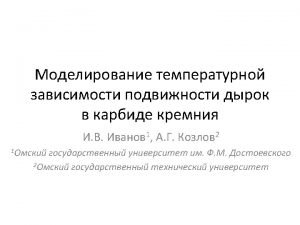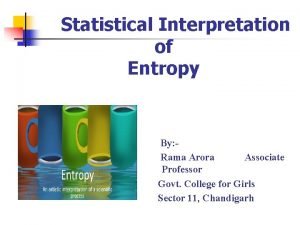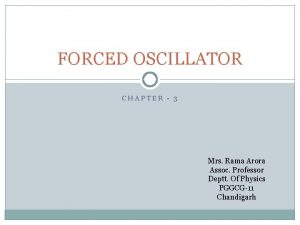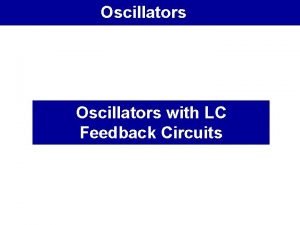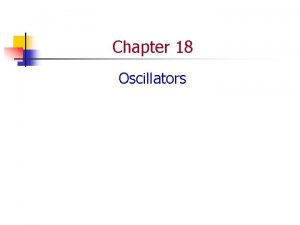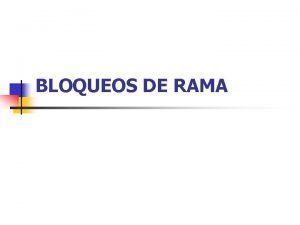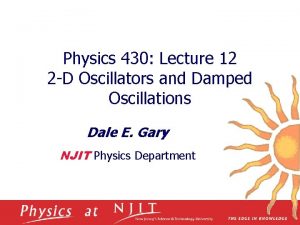OSCILLATORS RAMA ARORA PHYSICS DEPARTMENT PGGCG11 CHANDIGARH Oscillators
























- Slides: 24

OSCILLATORS RAMA ARORA, PHYSICS DEPARTMENT PGGCG-11, CHANDIGARH

Oscillators � An oscillator is an electronic device which converts DC power from the supply into AC power in the load without the application of an external input signal. The essential components of the oscillator are: Tank circuit, Transistor amplifier, and Feedback circuit Tank circuit Amplifier and Feedback diagram

Classification of Oscillators � Depending upon the method of producing oscillations. (a) Feedback oscillators (b) Negative resistance oscillators � Depending upon nature of generated waveform (a) Sinusoidal or harmonic oscillators (b) Non-sinusoidal or relaxation oscillators Both sinusoidal and relaxation oscillators may be negative resistance and feedback type. � Depending upon the frequency of generated voltage. (a) Audio frequency (AF) oscillator (b) Radio frequency (RF) oscillator (c) very high frequency (VHF) oscillators (d) ultrahigh frequency (UHF) oscillators (e)Microwave oscillators

Fundamental Principle of Oscillators � In oscillator, a negative resistance is provided to compensate for the losses in the circuit. � In a feedback oscillator, external positive feedback sufficient to make the overall gain infinity, provides the negative resistance required to overcome the natural damping of the oscillations. � In a negative resistance oscillator internal positive feedback is present and serves to provide the required negative resistance. � In an oscillator no external signal is applied. The initial signal to trigger the oscillations is ordinarily supplied by the noise voltage. This noise voltage originates when the power supply is switched on. Since the frequency spectrum of noise is very wide, it always possesses a component voltage at a frequency that is correct for the oscillator operation.

Feedback oscillators The basic requirements of a feedback oscillator are: �An amplifier with positive feedback to provide negative resistance in the circuit. �Some circuit non-linearity to define amplitude of oscillators. �A frequency determining network to produce oscillations at a desired frequency. �Dc power supply to act as energy source.

Tuned collector oscillator The basic circuit of a tuned collector oscillator is shown in figure. It is called the tunedcollector oscillator, because the tuned circuit is connected to the collector. The tuned circuit, constituted by the capacitor C and transformer primary coi. L, forms the load impedance and determines the frequency of oscillation.

Hartley oscillator is an electronic oscillator circuit that uses an inductor and a capacitor in parallel to determine the frequency. It is used in radio receiver as a local oscillator because (i) It is easy to tune (ii) It’s adaptability to a wide range of frequencies Hartley Oscillator is generally of two types: 1. Series fed oscillator 2. Parallel or shunt fed Hartley oscillator

Series Fed Hartley oscillator In series fed Hartley oscillator, the junction of two inductors of the tuned circuit is directly connected to Vcc and one end of the LC circuit is connected to the collector of the transistor. The lower portion of the tank coil is inductively coupled to the upper portion.

Shunt fed Hartley oscillator uses a transistor in CE configuration, in which the collector current is divided into two parallel paths. One branch connects the collector to the Vcc through RFC and provides the path for DC keeping the AC out. The other branch connects the collector to LC tank through a capacitor and provides the path for AC keeping the DC out.

AC equivalent circuit of Hartley oscillator (a) The frequency of oscillation is given by, (b)

From fig. (b), we have Let the currents I 1, I 2 and I 3 be non-zero. Applying Kirchhoff’s voltage law to loop (1), we get Similarly, applying Kirchhoff’s voltage law to loop (2) and (3), we get and

Rearranging the above eqns. We get For non-zero I 1, I 2, I 3, the determinant of above three eqns. must be zero. At frequency of oscillation,

Taking real part of the equation equal to zero, we get Since hre < < 1 and putting hie hoe – hfe hre = ∆he, the above equation becomes, In general, > > 4 ∆ he Therefore, This is the equation for sustained oscillations.

Taking imaginary part of the equation equal to zero, we get This is the frequency of oscillations of Hartley oscillator.

Colpitts LC-Tuned Oscillator � Feedback amplifier with inductor L and CB V 0 CE Vi V 0 Vi capacitors C 1 and C 2 in feedback network. Feedback is frequency dependent. Aim to adjust components to get positive feedback and oscillation. Output taken at collector Vo. No input needed, noise at oscillation frequency o is picked up and amplified. � RB 1 and RB 2 are biasing resistors. � RFC is RF Choke (inductor) to allow dc current flow for transistor biasing, but to block ac current flow to ac ground. � Simplified circuit shown at midband frequencies where large emitter bypass capacitor CE and base capacitor CB are shorts and transistor capacitances (C and C ) are opens. 15

Colpitts LC-Tuned Oscillator � Voltage across C 2 is just V � Neglecting input current to transistor (I 0), � Then, output voltage Vo is AC equivalent circuit s. C 2 V Iπ ≈ 0 � KCL at output node (C) Assuming oscillations have started, then V ≠ 0 and Vo ≠ 0, so V 0 s. C 2 V Setting s = j

Colpitts LC-Tuned Oscillator � To get oscillations, both the real and imaginary parts of this equation must be set equal to zero. � From the imaginary part we get the expression for the oscillation frequency � From the real part, we get the condition on the ratio of C 2/C 1

Colpitts LC-Tuned Oscillator Example � Given: Design oscillator at 150 MHz Transistor gm = 100 m. A/V, R = 0. 5 K � Design: Select L= 50 n. H, then calculate C 2, and then C 1

Phase Shift Oscillator IC 3 VX C V 2 IC 2 V 1 IC 1 If Rf C C I R IR 2 R R 1 � Based on op amp using inverting input � Combination of R’s and C’s in feedback loop so get additional phase shift. Target 180 o to get oscillation. � Analysis assumes op amp is ideal. V 0

Phase Shift Oscillator IC 3 VX C V 2 R IC 2 C IR 2 R V 1 IC 1 C IR 1 If Rf V 0 Example Oscillator specifications: o=1 x 106 rad/s Note: We get 180 o phase shift from op amp since input is to inverting terminal and another 180 o from the RC ladder.

WIEN BRIDGE OSCILLATOR Wien bridge oscillator is a two stage amplifier. The first stage is CE amplifier and the second stage is CC amplifier. The output of the second stage is fed back to the first stage through feed back network consisting of R 1 C 1 in series and R 2 C 2 in parallel. It is advantageous over phase shift oscillator as its frequency can be varied over a frequency range of 10: 1.

The ratio of output voltage of the network to the input voltage is given by

If the imaginary term vanishes, the phase shift will be zero i. e. Therefore, frequency of oscillation is, Also, we have Hence the oscillations will be sustained if the amplifier has a gain just exceeding 3.

The End
 Shivani gupta sex
Shivani gupta sex Series fed hartley oscillator
Series fed hartley oscillator Proses rama-rama
Proses rama-rama Sri rama sri rama sri manoharama
Sri rama sri rama sri manoharama Paragon convent school portal
Paragon convent school portal Semiconductor complex chandigarh
Semiconductor complex chandigarh Anjali arora porn
Anjali arora porn Arora meaning
Arora meaning Jasleen arora
Jasleen arora Dr ajay arora retina specialist
Dr ajay arora retina specialist Seema arora cii
Seema arora cii Anish arora osu
Anish arora osu Anish arora osu
Anish arora osu Anish arora
Anish arora Arora fpga
Arora fpga Microbial growth
Microbial growth Genification
Genification Kanika arora deloitte
Kanika arora deloitte Alicia klinefelter
Alicia klinefelter The figure shows four oscillators at t=0
The figure shows four oscillators at t=0 Audio oscillator circuit
Audio oscillator circuit Classification of oscillators
Classification of oscillators Low g oscillators 50low
Low g oscillators 50low Sinusoidal oscillators are
Sinusoidal oscillators are Njit kepler
Njit kepler
